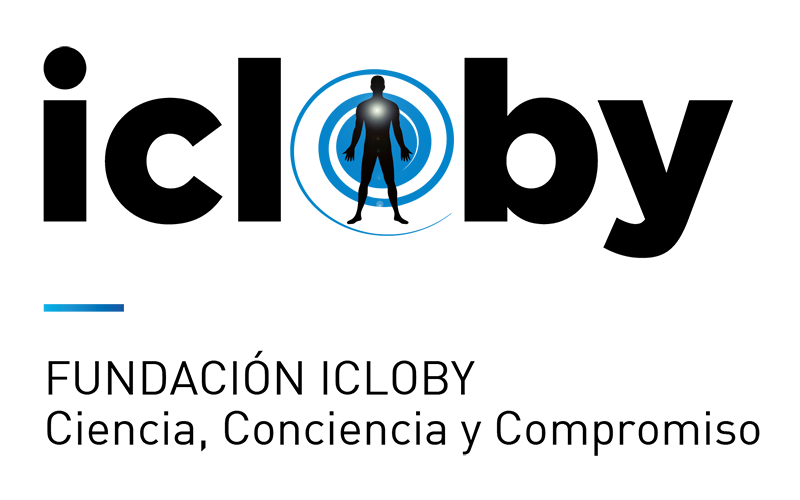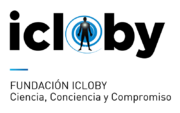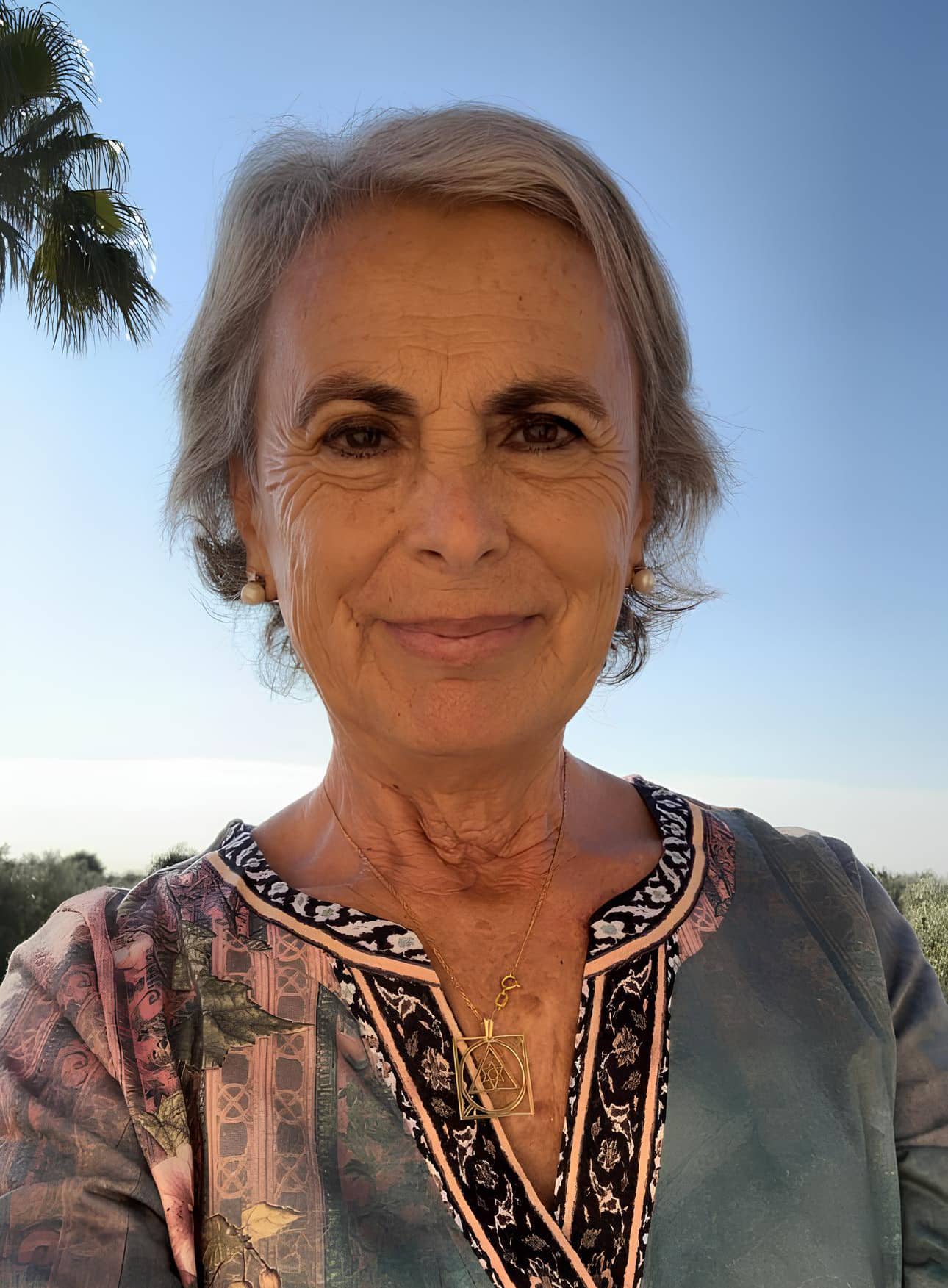Dear friends, when the Foundation decided to take on the challenge of carrying out research on consciousness, at the moment when the brain does not receive blood because the heart is stopped (hence the importance of cardiac arrest being registered in hospitals), we had the illusion and hope of achieving it, but we did not imagine the good reception of so many people like those of you who are carrying it out.
When there is cardiac arrest, there is no spontaneous breathing and requires manual or mechanical ventilatory support and has no spinal reflexes, does not react to painful stimuli and maintains a mydriasis that does not respond to light stimulus, in these circumstances within a few seconds of not receiving oxygen, the brain cannot exercise its function which would be consciousness and falls into unconsciousness with a flat electroencephalographic tracing and that after the pertinent, fast and effective resuscitation maneuvers, resuscitating him, as many authors say, bringing him back to life, since without those maneuvers he would have died, the patient, in a percentage of up to 20-25%, tells the doctor that he has had totally real experiences, in which he has felt more conscious and fuller than in his whole conscious life, that he has seen what was happening in the resuscitation and can describe it, he has heard the phrases that were said, he knows how many people were there and how they were dressed, he has seen deceased beings, beings of light that accompanied him and an ineffable feeling of love and peace, a feeling of going back home, they do not want to go back when they are told that they cannot pass and many times they get angry with the doctor who has resuscitated them because they do not want to go back.
This fact leaves us astonished and even more so when we see that it is an experience that is repeated in all cultures, religions, ages, sexes, countries… following a pattern, common guidelines that differentiate it from a hallucination that is erratic, does not repeat itself and which the patient does not want to talk about and pretends to forget.
We find the challenge so interesting that we are happy to have already reached ten hospitals that are working on the research, a figure from Dr. Pim van Lommel's study, but they were cardiology hospitals and the number of resuscitated arrests was very high, the highest in the different studies, and to reach that figure we need more hospitals, and for that we need interested physicians who are willing to take the lead.
That is our current focus: GROW and we encourage those of you who are not yet involved to join the project and those of you who already participate to comment and encourage others who may be interested anywhere in the world where Spanish is spoken.
Thank you for your support.
Dr. Luján Comas
Icloby Foundation President


